This article is part of a guide to Frankfurt from FT Globetrotter
I have been back to Frankfurt many times in the more than 15 years since I finished my posting as a foreign correspondent there. Recent jobs covering banking and finance, before the pandemic, meant frequent return trips — short flights, taxis to the city centre, meetings at Deutsche Bank’s twin towers or the European Central Bank headquarters — often without the need for an overnight stay.
This is the Frankfurt that millions of business travellers experience. Germany’s financial centre is a handy hop from London and other European hubs. But aside from some swanky offices, half-decent restaurants and the nicely prettified Main river, there is little of obvious merit.
This seems to be a city of often characterless downtown high-rises and a red-light district, near the main rail terminus, right out of the 1980s. At the airport, slow security and boarding can leave a bitter aftertaste. Even the historic Römer part of the old town — mostly rebuilt since the second world war in a mix of replica architecture and modern pastiche — divides opinion.
But whistle-stop trips don’t have to be charmless. After living here, I know that at its best, Frankfurt, like many German cities, is engaging and convivial, as well as convenient and ordered. On a visit just before the pandemic, I took a break from my schedule of banker meetings to relish the city and reminisce. With an occasional nod to the passage of more than a decade, I found things remarkably unchanged.
Though you’re unlikely to stumble on any of the gems in the Nordend district, where I lived, without being tipped off, plenty of them can be enjoyed even on a short business trip. This is part of the real Frankfurt, much of it more vibrant and authentic than the financial district.
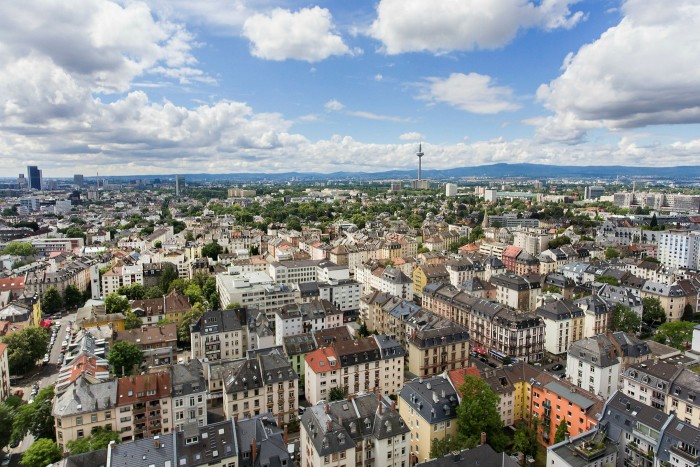
Just north of the banking skyscrapers is an understated community in which my wife, baby and I quickly felt at home when we arrived back in 2003. It was helpful that we were German speakers, but our network of friends — nearly all of whom lived within a few streets of our flat — were a mix of born-and-bred locals, Germans from elsewhere in the country and other expats from Europe, the US and even Sri Lanka.
Nordend (literally, north end) spans a wide area, including the spot around Holzhausenpark where we lived, but also stretching east towards the more obviously lively Bornheim district, with its partially pedestrianised eating and shopping artery, Bergerstrasse, and its own large park, the Günthersburgpark — both highly recommended. (The tips below are focused on the Holzhausen area, which is a 15-20 minute walk from the north edge of the financial district or five to 10 minutes by underground or tram.)
Though we travelled extensively across Germany during our nearly four years in Frankfurt, we also spent days, sometimes weeks at a time, hunkered down in our local community. We would buy staples at the small supermarket down the road, stock up on fruit and veg at the Turkish-owned stall round the corner, grab pastries and Saturday-morning rolls at the bakery 20 yards further on, and purchase the rest of our supplies at the endearingly dated health-food shop opposite.
At weekends, we might visit the local theatre 50 yards down our street, or the arts cinema two roads down. Weekend breakfasts in the local café — with platters of fruit and cheese, and baskets of every bread imaginable — were a joy. A five-minute walk to the tree-filled Holzhausenpark delivered a toddler’s dream of playground fun, as well as outdoor table tennis (long before it became fashionable in London).
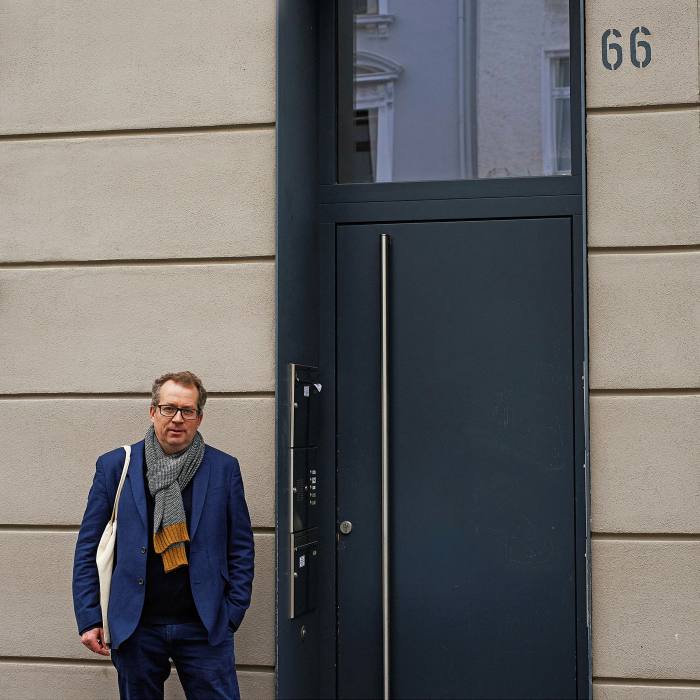
So close to the city centre but a world away, the park is a great spot to take a break from the business hurly-burly. Many of the cafés and restaurants in the area make ideal alternative venues for breakfast, lunch or dinner business meetings, but with a good deal more character (and discretion) than most city centre hotels.
On this last visit, I met up with Domenic, the FT photographer, outside my old apartment block. I could almost taste the memories, including the unpleasant one of my initial arrival in Glauburgstrasse, where my efforts to park my right-hand drive car against the flow of traffic — fine in the UK, but an offence here, apparently — earned me a dry welcome from the local police: “In Germany we drive on the right.”
This part of Frankfurt, unlike some of the smart but soulless centre, wasn’t flattened by bombs in the second world war. Though the early 20th-century building that was our home for more than three years isn’t exactly charming, the environs are.
I led us round the corner and noticed with a pang of regret that our old Turkish-run fruit stall has become an off-licence, our bakery is now a fancy café and the U-Bahn (underground railway) station — which is overground at this point — has a proper platform in place of the old scary streetside access.
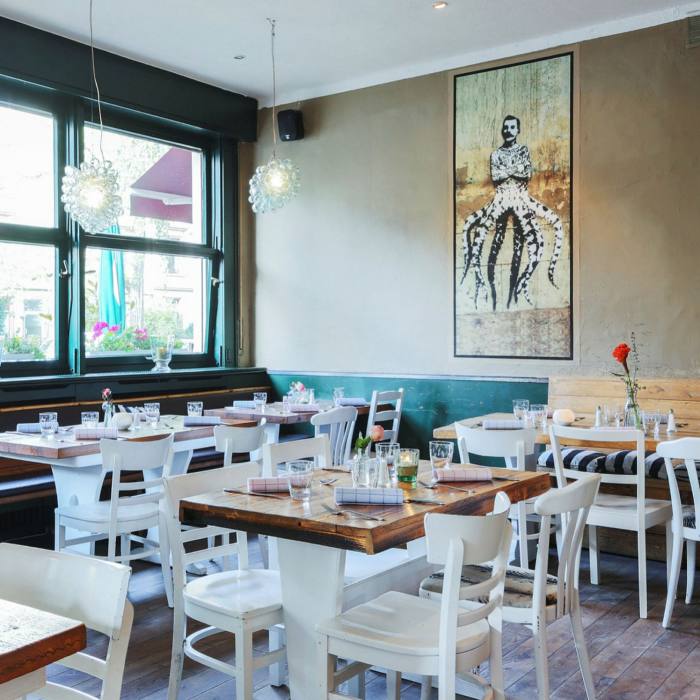

Our favourite Italian restaurant is still there, but under new management. Papanova, run by Calabrian-born Pasquale Terranova, is now a cosy modern bistro with top-notch food. The menu — from wood-fired pizza (the house speciality) to pasta, steak and fish — is uncomplicated, but this is as much a spot for dining solo or with friends as it is for relaxed business meetings.
Sadly, the basement bowling alley, where we used to go for a bit of postprandial sport, is no longer in service. “The fire regulations would make it too expensive to upgrade,” Terranova told me, though he was happy to show me the makeshift drystore that the two-lane alley has become. “Maybe one day,” he added, sensing perhaps that the addition of bowling might win me back as a regular.
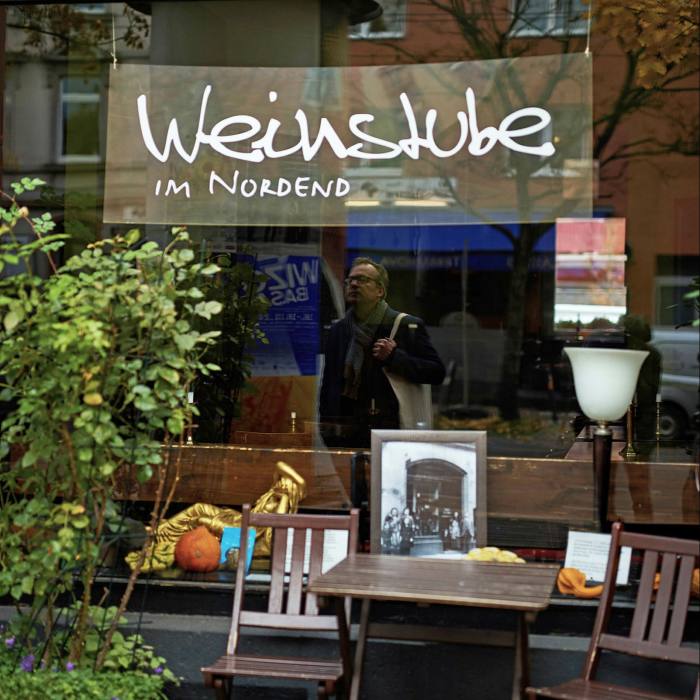
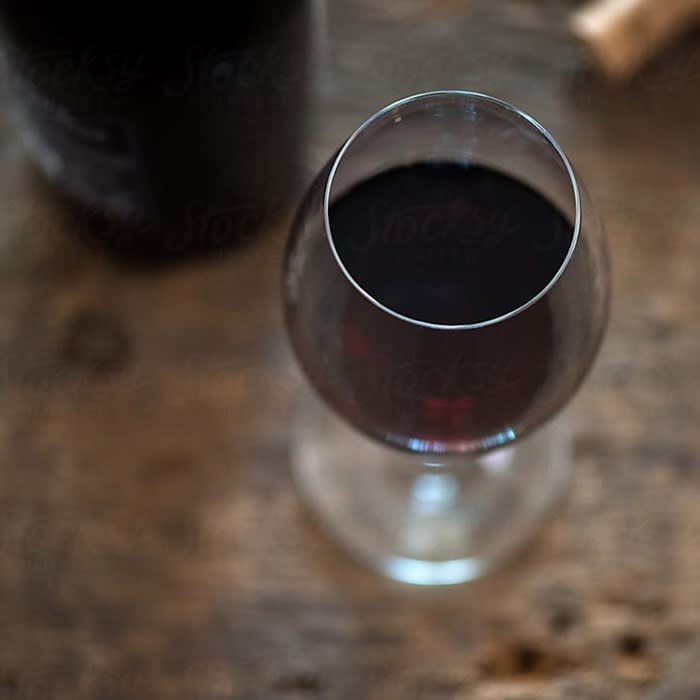
Domenic and I continued our walkabout, heading south on Eckenheimer Landstrasse, to another old favourite: the ice-cream parlour, Eis Christina. If you’re visiting Frankfurt between early spring and late autumn, don’t miss it. The creamy sourness of the Himbeer-Joghurt (raspberry yoghurt) ice cream is a personal favourite.
Next door to the ice-cream parlour I spotted a forgotten favourite wine-drinking spot: the Weinstube im Nordend. Its stylish but snug interior, full of unchanged dark wood and velvet, always chimed with the range of European reds and fine German Rieslings — many at a bargain €2.40-€5 a glass — along with tasty snacks and evening meals. It is only open in the evenings, so I made a mental note to return.
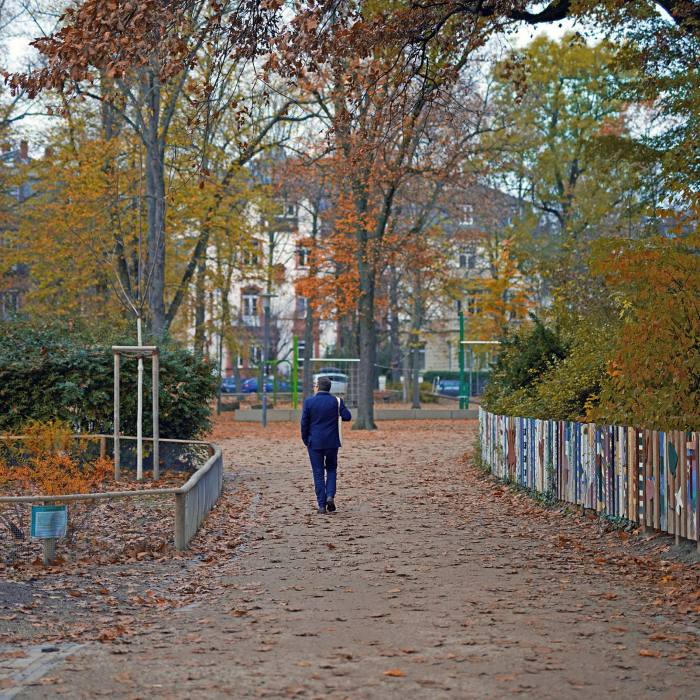

We carried on west to the idyllic Holzhausenpark (Adolph-von-Holzhausen-Park, to give it its full name). At least half of my free time was spent here during our years in Frankfurt: from 7am playground trips at the weekends to coffee-and-cake outings with friends and table-tennis games with colleagues. This little park had it all.
My retired music teacher father was even treated to a concert or two here in the idyllic lakeside Schlösschen, an 18th-century manor house (enter from Justinianstrasse). The programme (mostly afternoons and some evenings) is still a reassuring mix of string quartets, choral work and jazz, with some school concerts thrown in. If it’s a relaxing morning you’re after, quaffing coffee and reading the paper, try the outdoor café on the other side of the park.
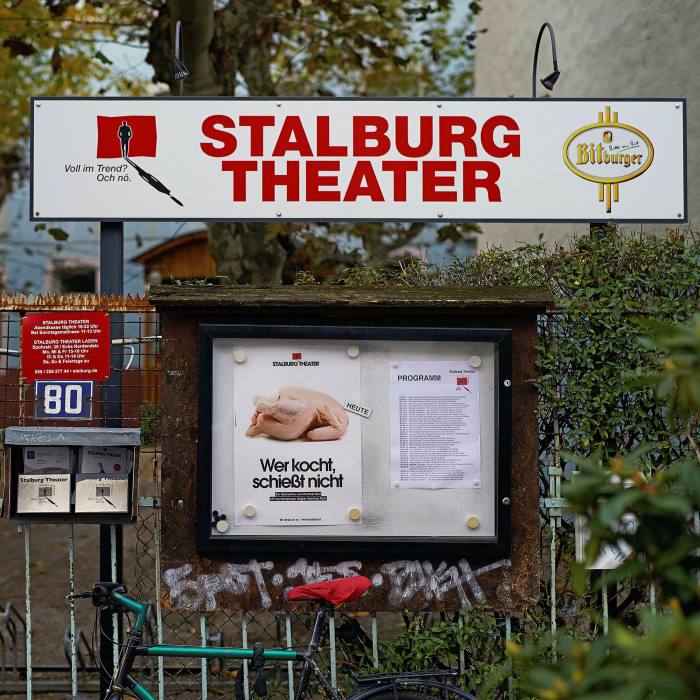
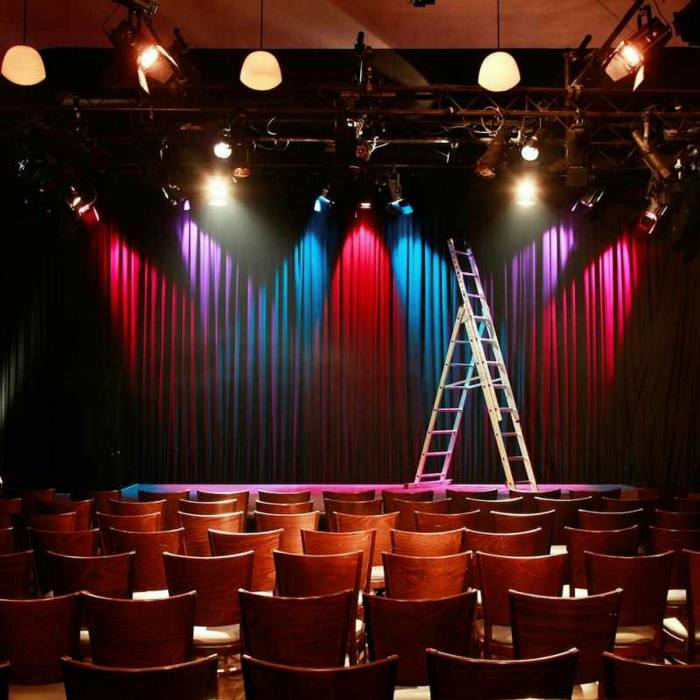
With time running short, we looped back towards our starting point. We passed the Stalburg theatre, a local arts spot with bar attached where we went with friends on at least two occasions to see the play Wer kocht, schiesst nicht (People Who Cook Don’t Shoot). Written by the theatre’s founder, Michael Herl, it’s a satire on life, death and sustainability, via the allegory of fast food. Poignantly, it was showing again that day — and is still running. German speakers with an appetite for real Frankfurt culture, perhaps with an Apfelwein (apple wine) from the theatre bar, shouldn’t miss it.
Our final stop was my local bank. It’s still there, on the corner of Glauburgstrasse and Oeder Weg, though the fascia is now yellow rather than green, following Dresdner Bank’s 2009 takeover by Commerzbank. From his perch, Domenic snapped me in front of the building, then turned 90 degrees to photograph the famous Frankfurt skyline — with its dominant Commerzbank tower, once Europe’s tallest.
Today, the struggles of the country’s barely profitable banks clash grotesquely with their hubristic skyscrapers. The city had pinned its hopes on Brexit leading to the transfer of thousands of jobs from London to bring fresh energy to the lacklustre financial scene. That flood has been more of a dribble, but at least a few more lucky expats, as well as short-stay visitors, will get to enjoy this under-appreciated city.
Nordend address book
Dine: Papanova, Eckenheimer Landstrasse 130
Dine: Strandcafé, Koselstrasse 46
Snack: Eis Christina, Eckenheimer Landstrasse 78
Walk: Holzhausenpark, Holzhausenstrasse
Drink: Weinstube im Nordend, Eckenheimer Landstrasse 84
Watch: Stalburg theatre, Glauburgstrasse 80
Listen: Holzhausenschlösschen, Justianianstrasse 5
Tell us about your favourite places in Frankfurt in the comments
For more articles like this read our guide to the German financial capital, Frankfurt with the FT, or view the rest of our city guides at ft.com/globetrotter
Follow FT Globetrotter on Instagram at @FTGlobetrotter
Stay connected with us on social media platform for instant update click here to join our Twitter, & Facebook
We are now on Telegram. Click here to join our channel (@TechiUpdate) and stay updated with the latest Technology headlines.
For all the latest Travel News Click Here
